Despite the increasing use of the newer “atypical” or second-generation antipsychotic agents to treat a spectrum of psychiatric disorders, including schizophrenia, bipolar disorder, major depression, PTSD and other anxiety disorders, we have relatively little data on the reproductive safety of these newer atypical agents. In response to this deficit, the National Pregnancy Registry for Atypical Antipsychotics was created to evaluate the safety of atypical antipsychotic medications taken by women during pregnancy. The most recent findings from the Registry were reported at the annual meeting of the American Society of Clinical Psychopharmacology (ASCP) in Scottsdale, Arizona (6/2/2016).
Pregnant women were recruited and prospectively followed during pregnancy and the postpartum period. Eligible subjects were pregnant women ages 18–45. As of May 20, 2016, 704 women were enrolled; this included 474 women treated with second-generation antipsychotics and a comparison group of 230 women with histories of psychiatric illness who were not treated with antipsychotics. Medical records were obtained for 82% of participants. A total of 489 women completed the study and were eligible for inclusion in the analysis.
All previous results released by the Registry, including a publication in the American Journal of Psychiatry, have only been able to speak to the reproductive safety of atypical antipsychotics as a class of medications. As the Registry has grown to include over 700 women, they are now able to release data on the two most commonly used second-generation antipsychotics in the exposed group: quetiapine (Seroquel) and aripiprazole (Abilify).
Four major malformations among 312 live births with first trimester exposure to any atypical antipsychotic were confirmed. One major malformation was identified among 138 live births with exposure to quetiapine (Seroquel) and three major malformations were identified among 96 live births with exposure to aripiprazole (Abilify). In the control group (N=177), one major malformation was confirmed. The absolute risk of major malformations was 1.3% among infants exposed to an atypical antipsychotic during the first trimester and 0.6% among unexposed infants. The risk ratio for major malformations was 2.27 (95% CI: 0.26-20.15) comparing exposed to unexposed infants, a finding which did not reach statistical significance.
Ideally we would like to have greater numbers of exposed infants so that the analysis can more precisely quantify the risks associated with exposure to specific antipsychotic medications. Nonetheless the data are reassuring; although the confidence intervals are very wide and may change over the course of the study, it is unlikely that the risk will rise to that of major teratogens such as valproate or thalidomide.
This preliminary information regarding absolute and relative risk for major malformations following fetal exposure to atypical antipsychotics will be helpful to both clinicians and women trying to make treatment decisions regarding the use of these medications during pregnancy. Larger numbers of participants are needed to provide more complete reproductive safety data regarding atypical antipsychotics as a class and for the individual molecules in this category of medications.
The National Pregnancy Registry for Atypical Antipsychotics continues to recruit pregnant women taking atypical antipsychotic medications. CALL TOLL-FREE to learn more 1-866-961-2388 or fill out this Patient Interest Form to be contacted by our research coordinator. All information is kept strictly confidential. Participation consists of three phone interviews.
Ruta Nonacs, MD PhD
Read More:
Modest Risk for Fetal Malformations With Atypicals ‘Reassuring’ (Medscape)

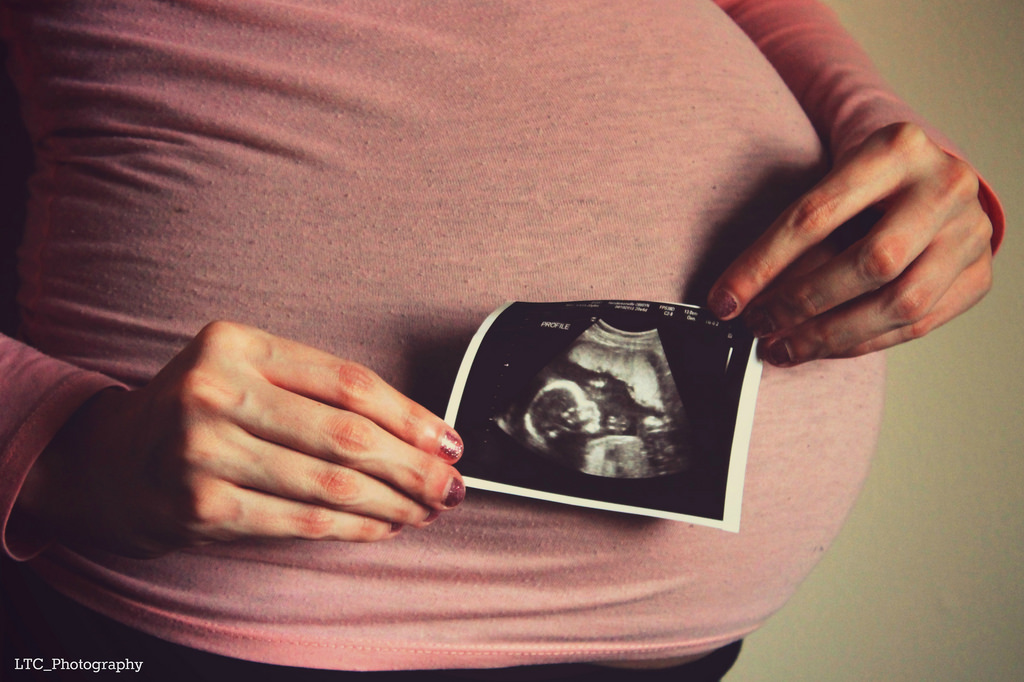
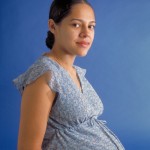
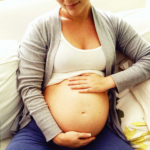
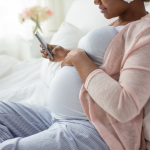
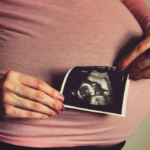

Exciting results! Very relieving.